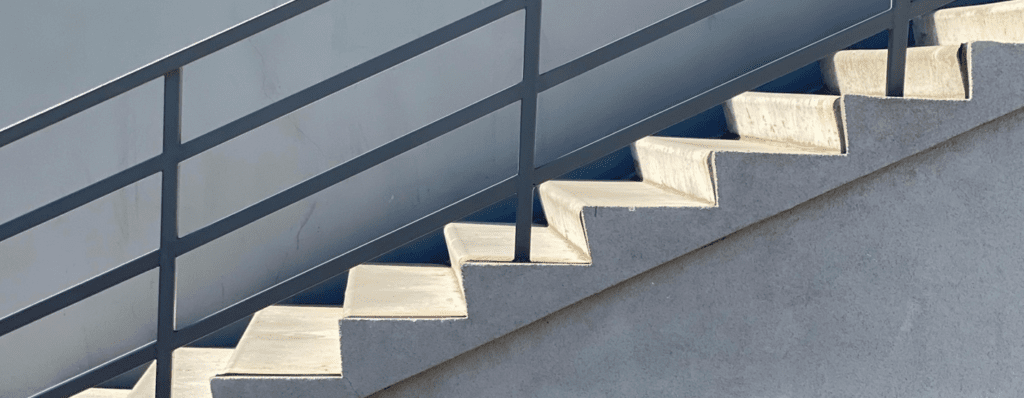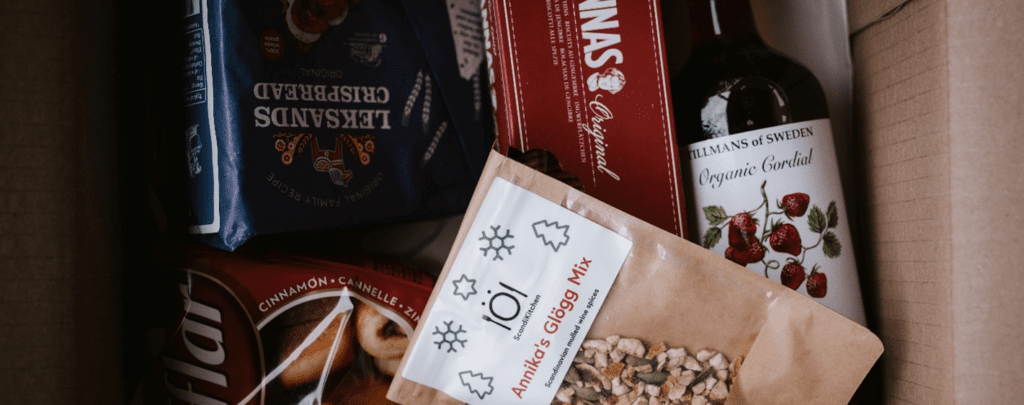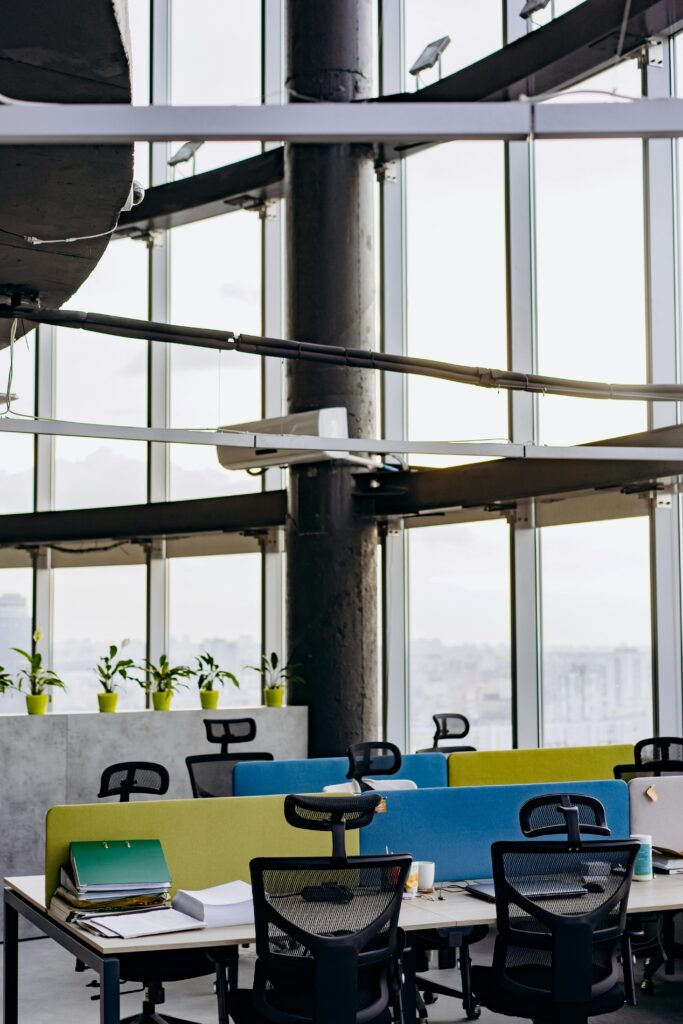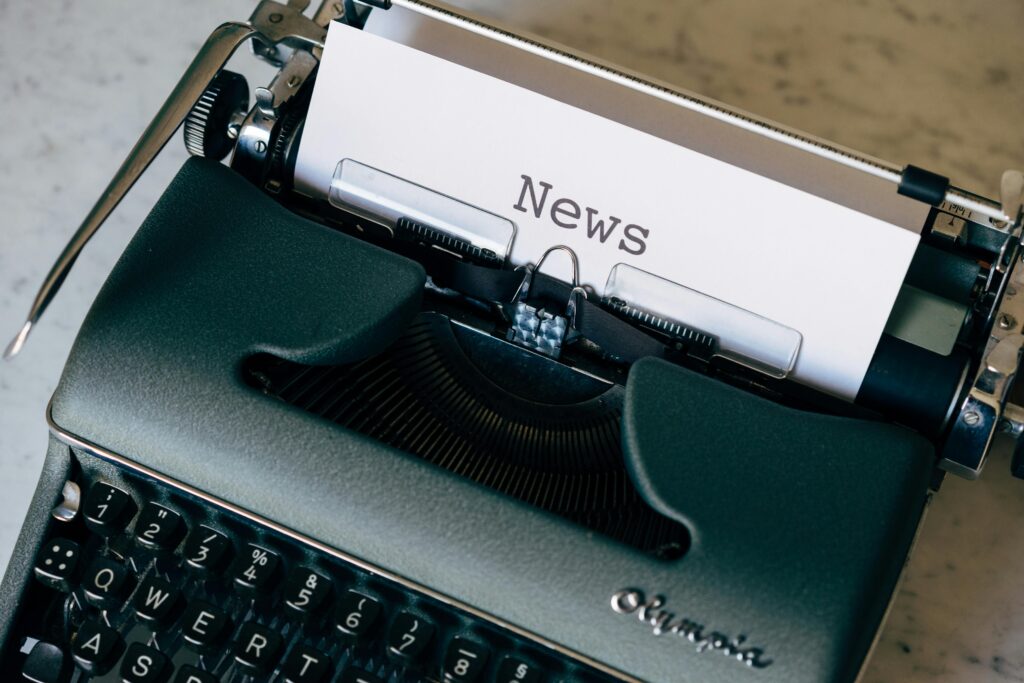The overuse of promotions is changing how consumers behave. According to RetailMeNot, 74% of consumers consider promotions the #1 factor when deciding where and what to buy. Further, 64% of consumers will wait until a promotion before making a purchase. But it’s not all bad. When promotions are planned correctly, they can be one of the most cost-efficient ways to reach your organizational objectives. So how do you ensure your promotions are delivering what you want? Follow these 7 guidelines:

1. The Discount Level
When you decide to run a promotion, the first (and most critical) thing to consider is how much you want to discount your offering(s) to trigger a purchase. This will vary by offering, category, competitive landscape, and even seasonality, so think carefully about how to set your promotions. Discount too low, and you may not trigger any purchase, but too high may risk giving away too much. A high discount will help you smash volume targets, but achieving a positive ROI is highly unlikely. On the other hand, a low discount may not help you reach your volume targets at all and leave retailers frustrated.

2. The Offer Type
Once a discount level is determined, the next step is to consider how it will be communicated. There are many ways to communicate an offer, from bundles to price-offs to coupons. How do you decide between a 2-for-1 and a 50% off deal? Responses to different offer types will depend on behavioral psychology, which will vary based on the country, target market’s behavior, and seasonality. For example, during a holiday like Christmas, consumers are more open to buying certain items at higher volumes. In this case, they prefer to look for bundled promotions like 2-for-1. However, when there is a recession or global pandemic, consumers become more budget-focused, so a 50% off deal will likely bring better results.
3. The Frequency
While promotions can bring many benefits, overusing them can destroy your organization’s value. When consumers always see your offerings on sale, their confidence in the equity of your brand will erode. Plus, if you run one promotion after another, consumers will wait for the next promotion to buy from you. As a rule of thumb, there must be a minimum of 4 weeks between promotions on the same offering, or else the customers will wait for the next offer to appear.
Now, I understand the temptation of running promotions, especially for offerings that do well when promoted. But remain disciplined, or else you will destroy your baseline (non-promoted sales volume) and lose the benefits associated with promotions.

Keep up to date with our latest insights! Subscribe below.
4. The Time
Most companies know that they should run promotions for special occasions like Christmas, New Years, Black Friday, etc. Winning companies, however, know something else. In some countries, pay week is very important. If your target customers are cash-constrained, then promotions should be run when they receive a paycheck for the greatest results. Moreover, there might be times when shoppers expect something more than just a discount. For example, during the Dubai Shopping Festival, price reductions are less important to consumers than the value-adds that come with promotions. For example, at the festival, Infinity holds a giant raffle for the chance to win a new car versus providing discounts on each unit. Simple and effective.
5. The Visibility
Where do consumers go to find promotions? Leaflets, flyers, digital campaigns, etc., are all great ways to bring awareness to your offers and generate traffic into stores. Once they get to the store, the promotions should be clearly marked and highlighted to show customers where to go. It would be a shame if your promotions go unnoticed by your target customers. All the time and money invested into the promotion would have been useless.

6. The Availability
When a promotion does what it’s supposed to do, your offering will become more popular than you could have imagined. However, you will only reap the benefits if there is enough stock to meet demand. Take the sales of frozen pastry during Ramadan, which is used in large quantities to prepare snacks for family and visitors. Unfortunately, with the limited storage capacity in many supermarkets, supply often cannot keep up with demand. Even after removing everything else from the frozen section, there is still not enough room. Some retailers even go as far as renting refrigerated trucks to create extra storage capacity. Remember that while seasonal promotions can be extremely lucrative, you need to establish the proper infrastructure and supply chain to support your promotions.
7. The Opportunity For Cross-Selling & Bundling
When running a promotion, do not miss the opportunity for cross-selling and bundling. If you have a strong brand with multiple offerings, it is easy to boost sales across categories. For example, chips and salsa/dip are complementary products that are often consumed together. Since they are not typically found together in a store, it may be smart to dedicate a display to sell these products together. Another useful promotional tactic is to include value-added products (i.e. free headphones with the purchase of a new phone, branded glass with a bottle of juice, etc.). These finishing touches create an incentive for the consumer to make a purchase or test out your other offerings so do not be afraid to leverage these tactics.

Implications For CPG Companies
These 7 components are so powerful that just focusing on one can dramatically improve financial return and volume uplift. But remember, successful promotions require a detailed and defined business strategy that encompasses all 7 components. Successful promotions also require meticulous data collection and a well-established process. The leading companies all have a team in place to collect data and determine how promotions will be planned, implemented, and analyzed.
It is difficult to overstate the importance of an effective sales promotion. No matter your end goal, sales promotions are a proven way to catch your audience’s attention and enhance your sales process if done correctly.
If you would like Revenue Management Labs (RML) to help you craft winning promotional strategies, get in touch today!
ABOUT THE AUTHOR Avy Punwasee is a Partner at Revenue Management Labs. Revenue Management Labs help companies develop and execute practical solutions to maximize long-term revenue and profitability. Connect with Avy at apunwasee@revenueml.com




